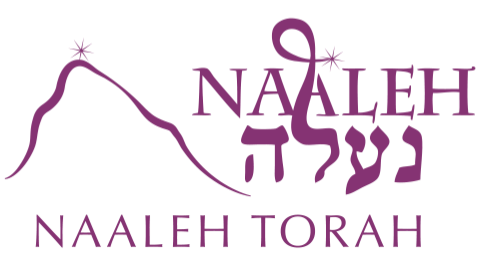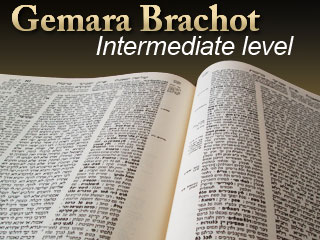Daf 12b: The Nature of the Bracha Hamelech Hakadosh
Posted onRabbi Moshe Nechemia Reichman discusses daf 12b in Maseches Brachos, reviews the machlokes (disagreement) in the Gemara regarding the proper way to conclude the bracha ‘ata kadosh’ during Aseret Yemei Teshuva.




